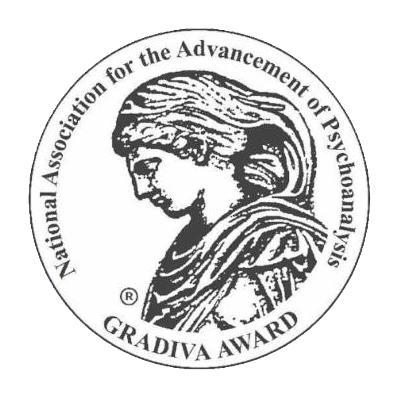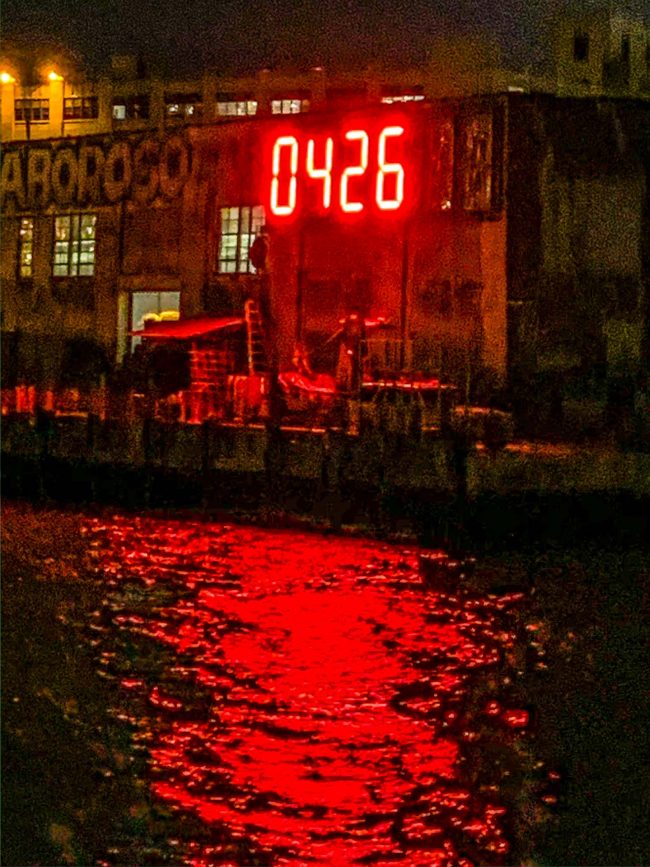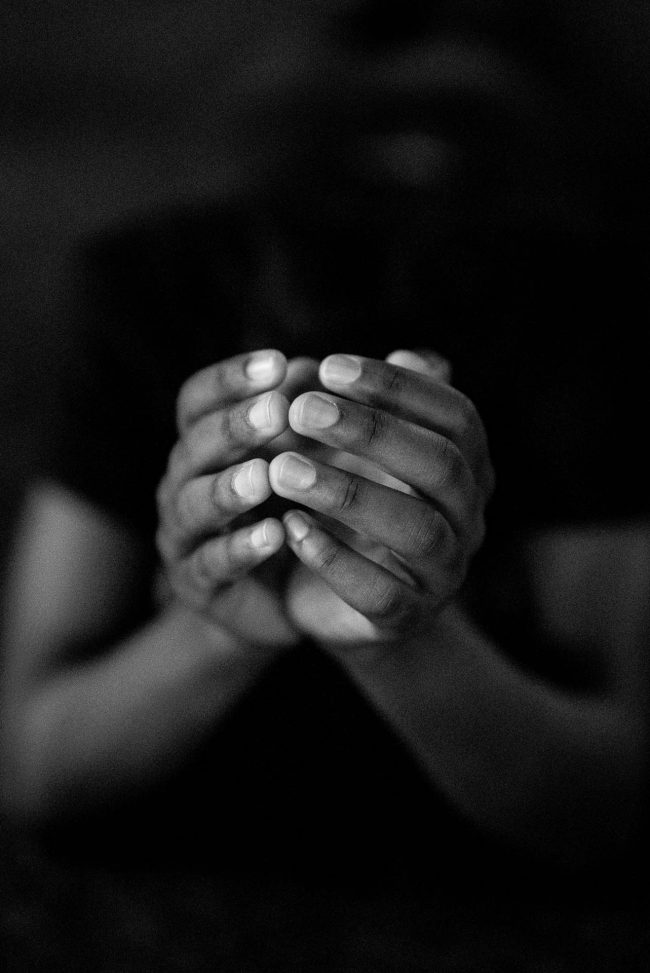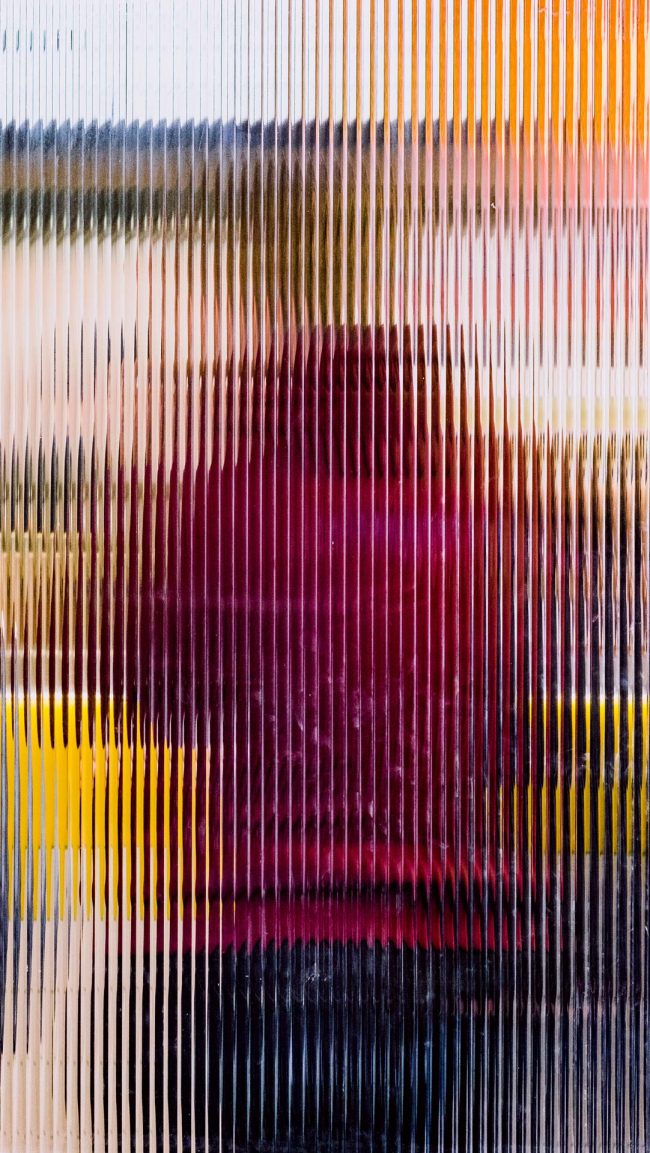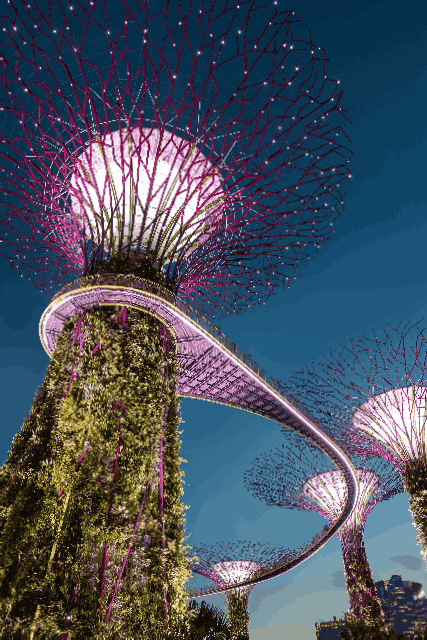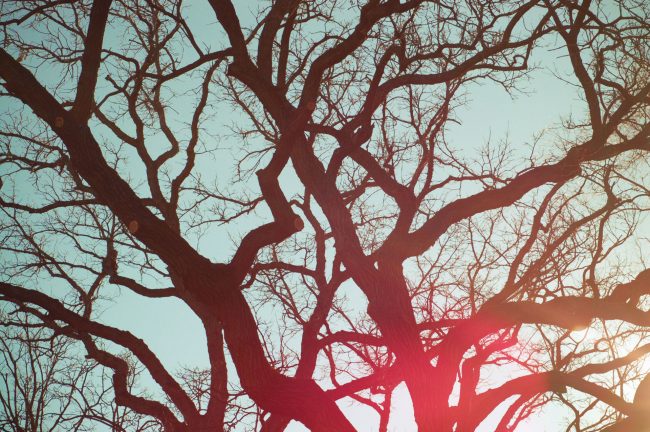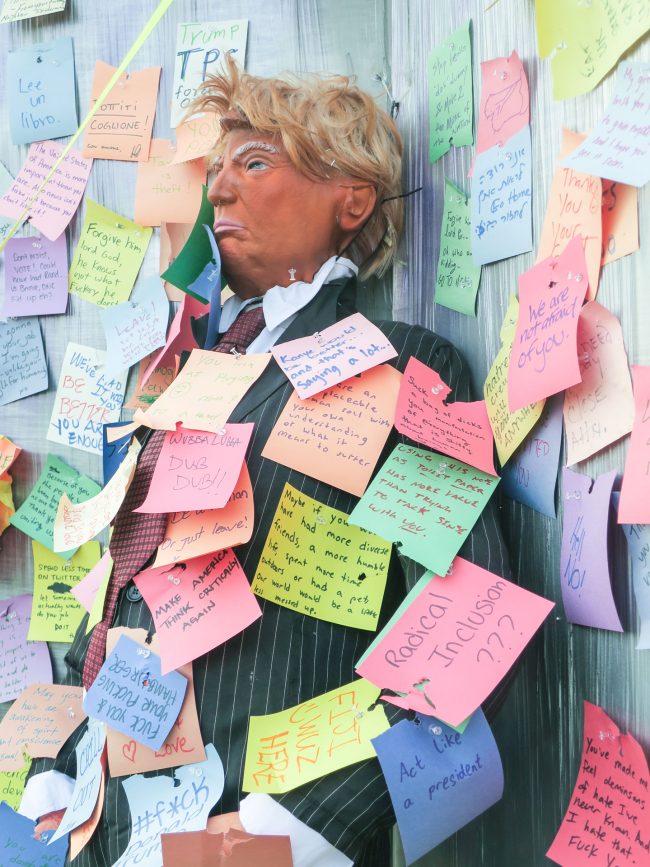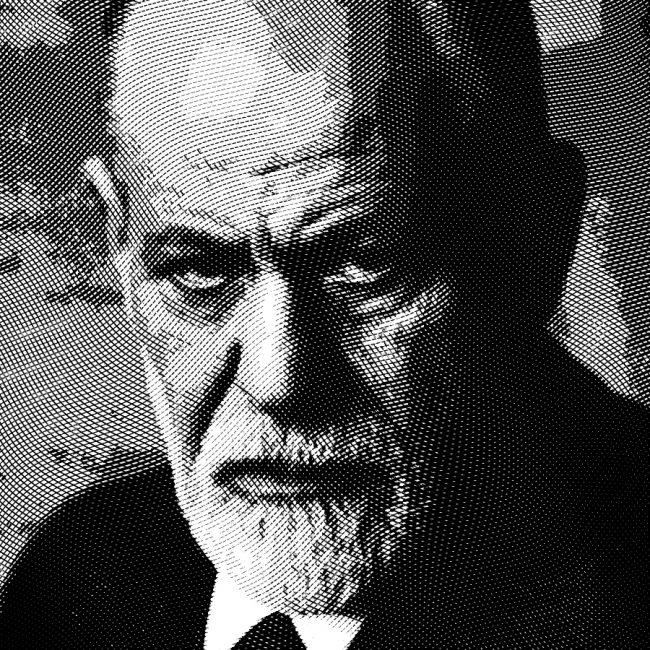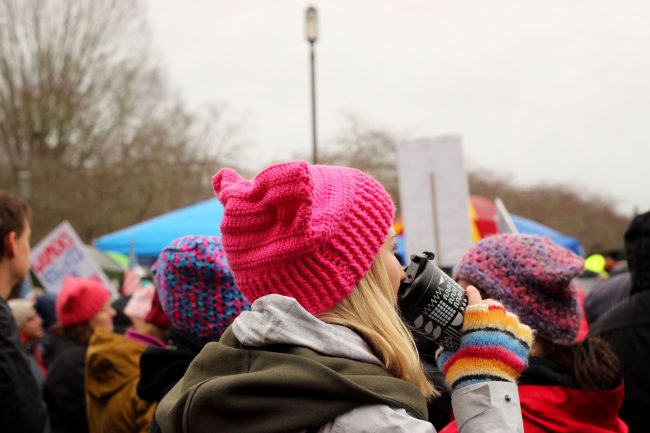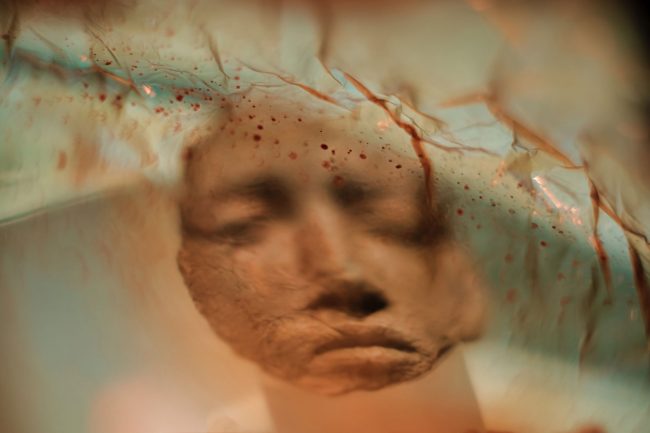TOXIC DRIP by Charles Rizzuto
Think back, if you will, to the halcyon days of the Reagan regime, with the Great Communicator’s elaborate economic agenda he called “trickle-down economics.” The alleged benefits never trickled down to most of us, and we know now that the whole thing was little more than a hoax disguising further wealth distribution upward. (We’ll put aside, for now, the fact that the current administration has once again duped the nation and resurrected this bogus plan with its recent tax cuts and other deep discounts for the wealthy and superwealthy.)
